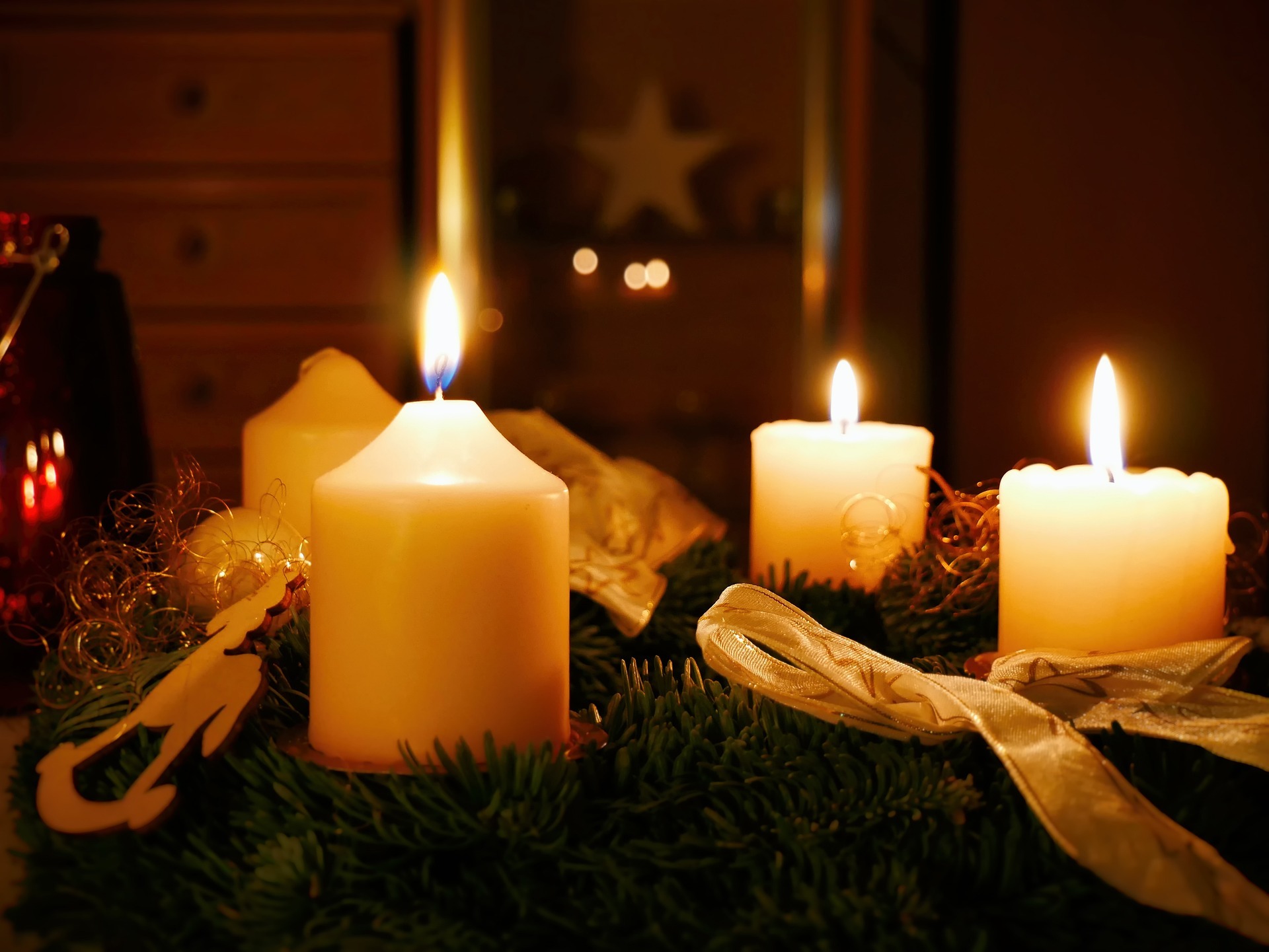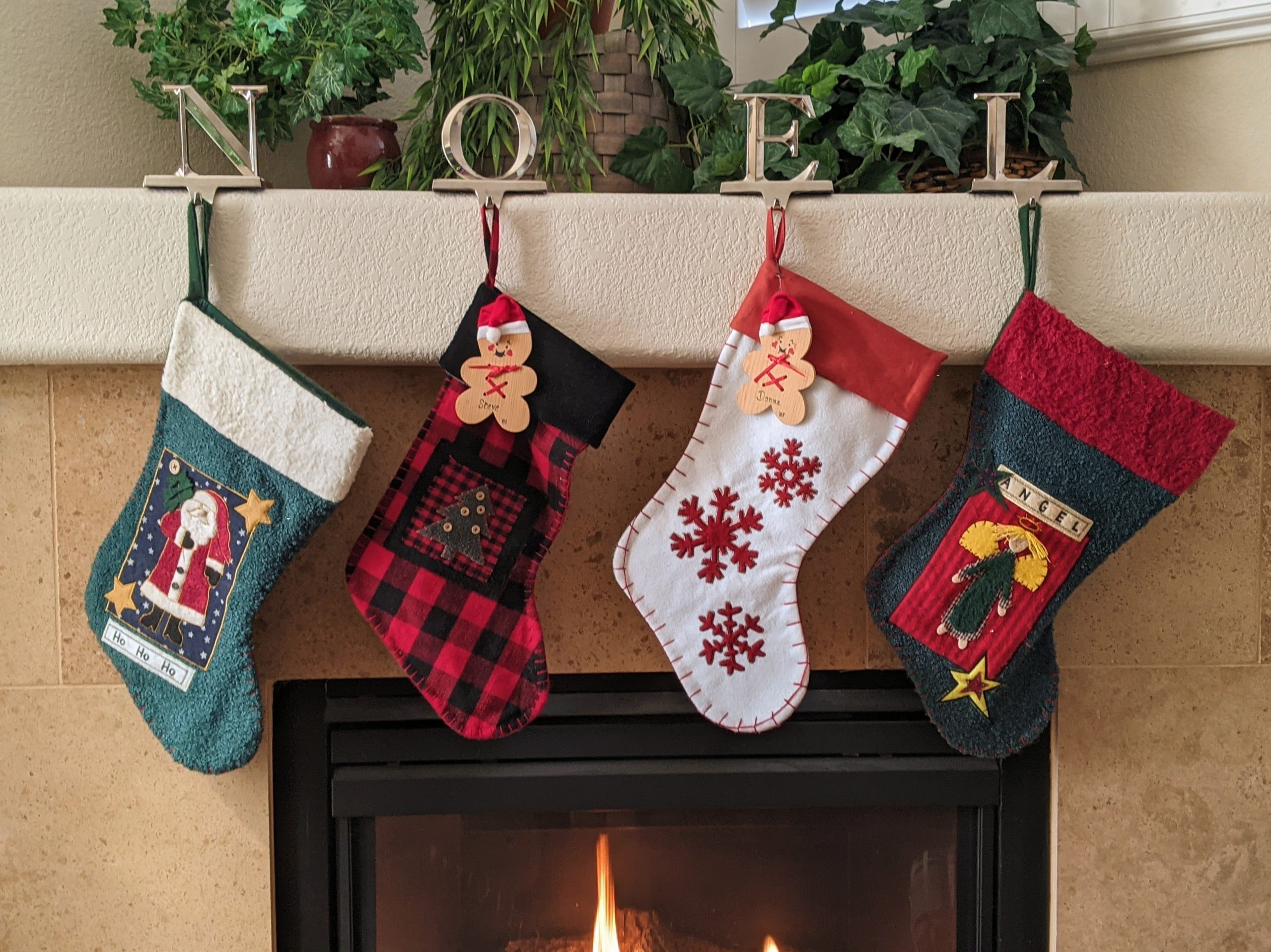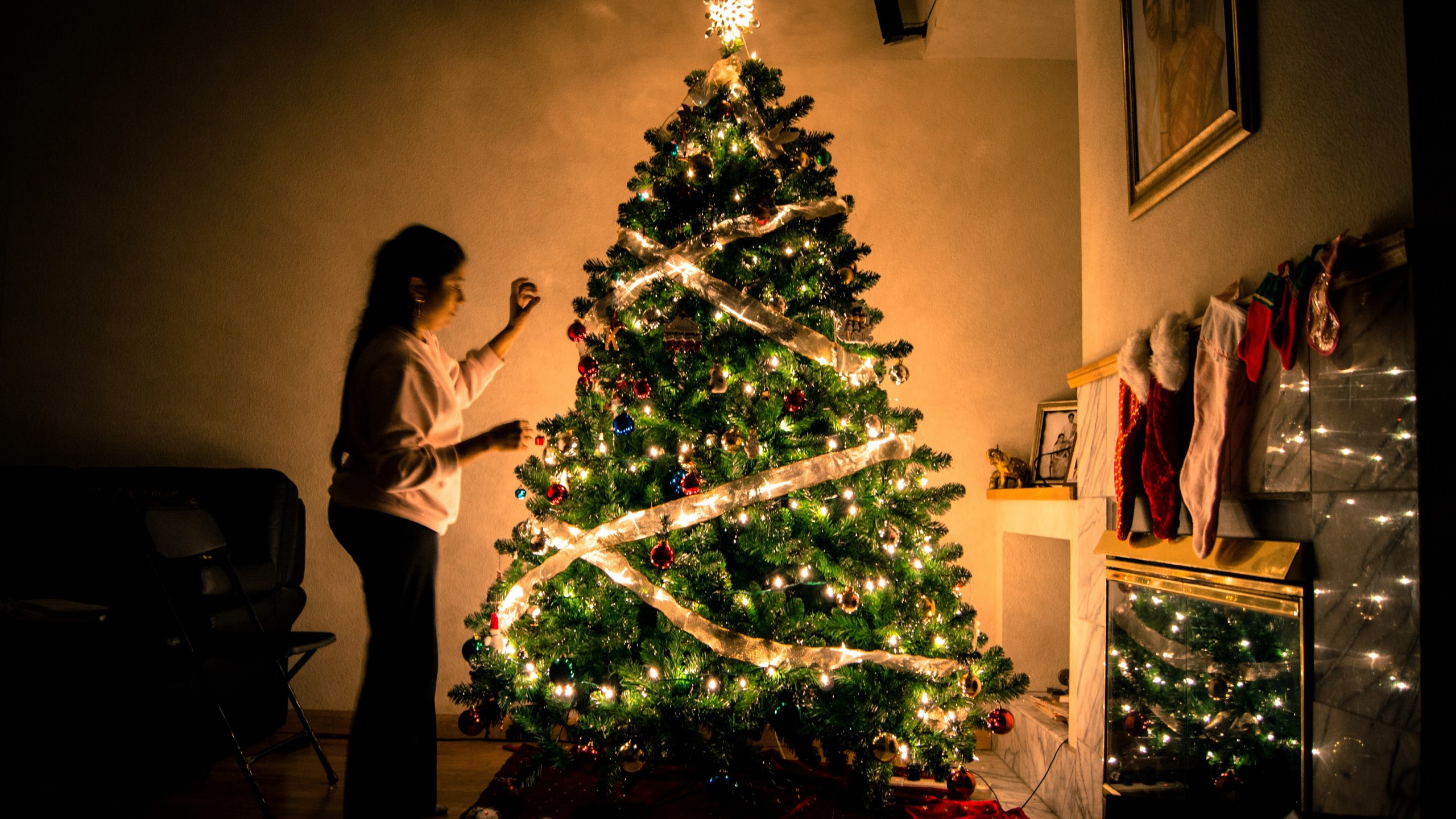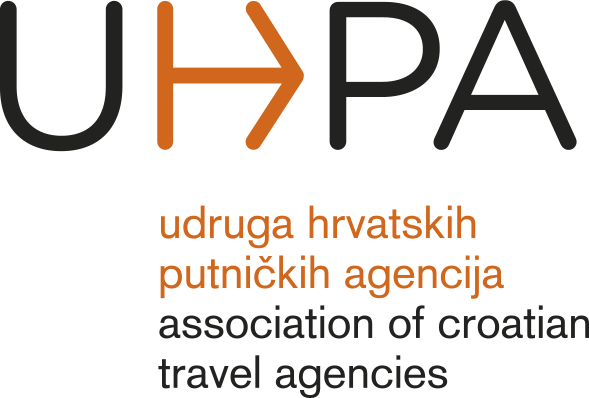Holidays in Croatia: How to Celebrate Christmas in Croatian Way?
In Croatia, holidays can be divided into summer and winter ones. Winter holidays are all about Christmas and everything that comes with it. As a result, Christmas, New Year’s Day, and Epiphany are public national holidays. Preparations for Christmas begin four weeks before, and the festive atmosphere continues until the Feast of the Three Kings or Epiphany. Schools and colleges do not work during this period, and most people go on vacation.
Overview:
1. A short guide through Croatian Christmas traditions2. Who brings Christmas presents?
3. Christmas Eve in Croatian household
4. What is Croatia’s traditional Christmas meal?
5. New Year’s Eve
6. Epiphany: the end of the Christmas holidays
A short guide through Croatian Christmas traditions
Preparations for the Christmas holidays in Croatia begin with Advent. Advent marks four weeks before Christmas and is filled with various household chores as choosing the Christmas menu or decorating the home. On the first Sunday of Advent, an evergreen wreath decorates the household tables showing that Christmas is near. Although there are many versions, the most common is the one in which the wreath contains evergreen twigs surrounded by four candles. While twigs represent a life that never ceases, the wreath reminds us that the life cycle flows and that things are always repeated. The candles represent hope, peace, joy, and love, and we lit them one by one, every Sunday until Christmas.

Who brings Christmas presents?
Christmas holidays in Croatia are especially thrilling to children. This is the time of the year when they recieve gifts on several occasions. It all starts on December 6th with the feast of St. Nicholas. The night before children polish their boots and leave them on the room window. Their parents usually tell them a story how Saint Nicholas brings presents only to those children who have been well-behaved throughout the year. While the gifts might vary, those for St. Nicholas are somewhat more modest than those that children will receive on Christmas morning. If there is a stick in the boot, Croatian parents will confirm that it was left by a Krampus – an evil creature of black hair with a tail and horns which accompanies St. Nicholas. Tied with chains, he rattles, scaring children and leaving sticks for all those who have misbehaved.
Celebrating St. Lucia’s day
St. Nicholas is followed by the feast of St. Lucija which also contains gifts for the children. According to the legend, Saint Lucija was poor, so in her honor, her parents left symbolic presents for their children. In the past, those were dried figs, walnuts, and apples, while today, children receive sweets. In addition to gifting the children, the inevitable Croatian Christmas tradition on Saint Lucia’s Day is the sowing of Christmas wheat. Wheat symbolizes life and calls for fertility in the coming year. Croatians believe that as wheat grows in a pot, so will your success next year.

Christmas Eve in Croatian household
To adhere to the old Croatian traditions, save your Christmas tree decorations for Christmas Eve. Christmas Eve, or Croatian Badnjak, marks the day before Christmas. In many households, Badnjak is accompanied by a hectic pace from the early morning. While trying to complete all the preparations, the hosts often feel like they are running the last 100 meters of a marathon. Once everything is finally done, the Croatian Christmas tradition mandates gathering the family for dinner. Following the meal, it is customary for family members to attend the midnight mass.
What is Croatia’s traditional Christmas meal?
If you are curious about the traditional Christmas meal, you must know that it largely depends on the region. In Dalmatia, it is almost obligatory to have a meatless meal on Christmas Eve. For example, most households and restaurants prepare cod with potatoes, which is today one of the top-notch dishes. For those with a sweet tooth, there are the inevitable fritters (fritule), gingerbread (medenjaci), and peppers (paprenjaci) made according to traditional Croatian recipes, turning these sweets into Croatia Christmas cookies. In the northern parts of Croatia, a meat-based menu is unavoidable. Besides roasted veal or lamb, the Christmas table usually contains specialties like roasted duck with mlinci or anything that the family likes.

New Year’s Eve
While families most often celebrate Christmas together, and the whole experience is fitted for children, New Year is seen as a holiday that belongs to adults. Nowadays, a midnight party is almost inconceivable without fireworks. As the noise drives away the old year, the loud farewell symbolizes the casting of evil spirits in the upcoming year so that bad things don’t happen again.
One of the most beautiful customs of New Year’s Eve that persists on some islands is caroling. Small groups of children gather and perform Christmas songs on three nights in the year: Christmas Eve, New Year’s Eve, and the night before Epiphany. They go door to door, singing and extending good wishes to their loved ones. As a token of appreciation for their efforts, the singers receive sweets and, nowadays, mostly money. Because they earn some pocket money through this practice, the little singers are usually highly motivated. Therefore, this custom will stay part of the holidays in Croatia for a long time for sure.

Epiphany: the end of the Christmas holidays
After the New Year comes the feast of the Holy Three Kings, which also marks the end of the Christmas holidays in Croatia. In traditional culture, the feast of the Holy Three Kings is also called the Epiphany because, on this day, the water is blessed in churches. Traditionally, people take blessed water to their homes to sprinkle the living spaces, as it is believed that exorcises evil spirits. People remove the Christmas decorations from their homes, and store them waiting for the next year. Altogether, the winter now slowly ends, bringing preparatioms for the carnival. The only side effect left from the winter holidays might be few pounds more on the scale; and even so, the nice memories stay.

Get inspired
Get the latest news about authentic experiences in Croatia and Slovenia.










